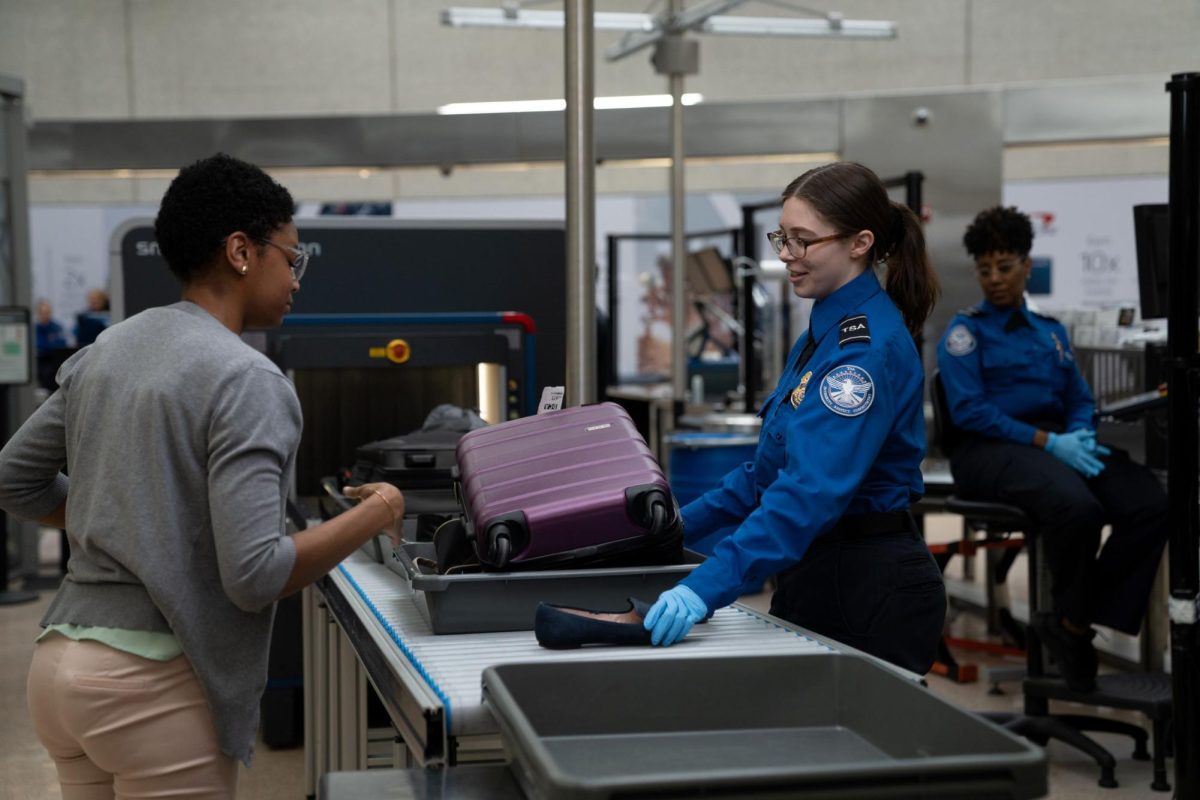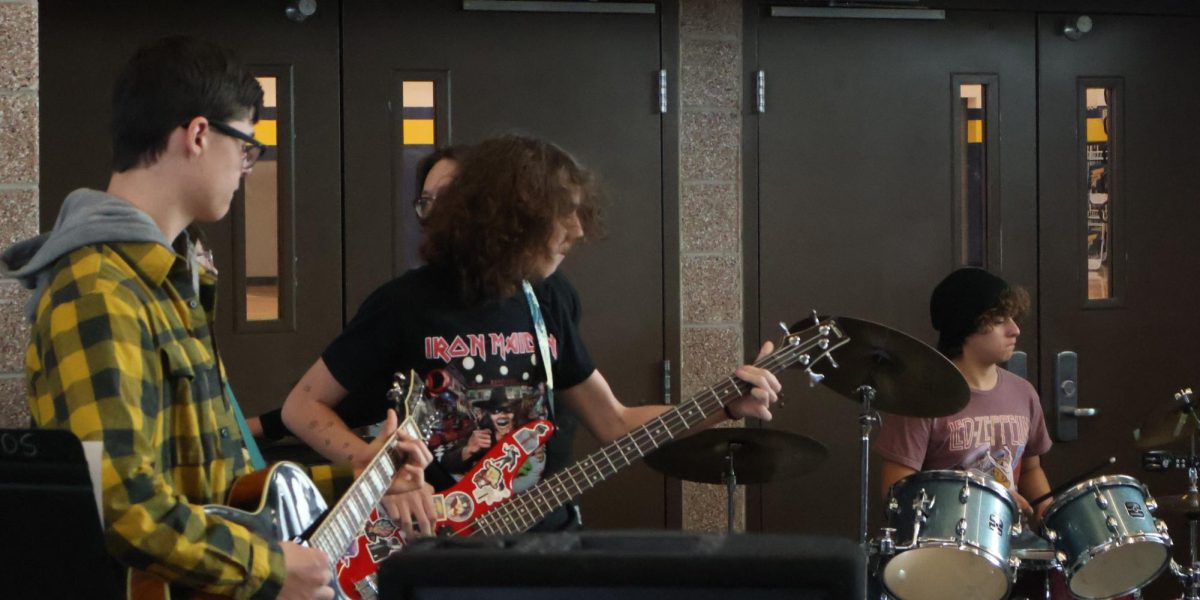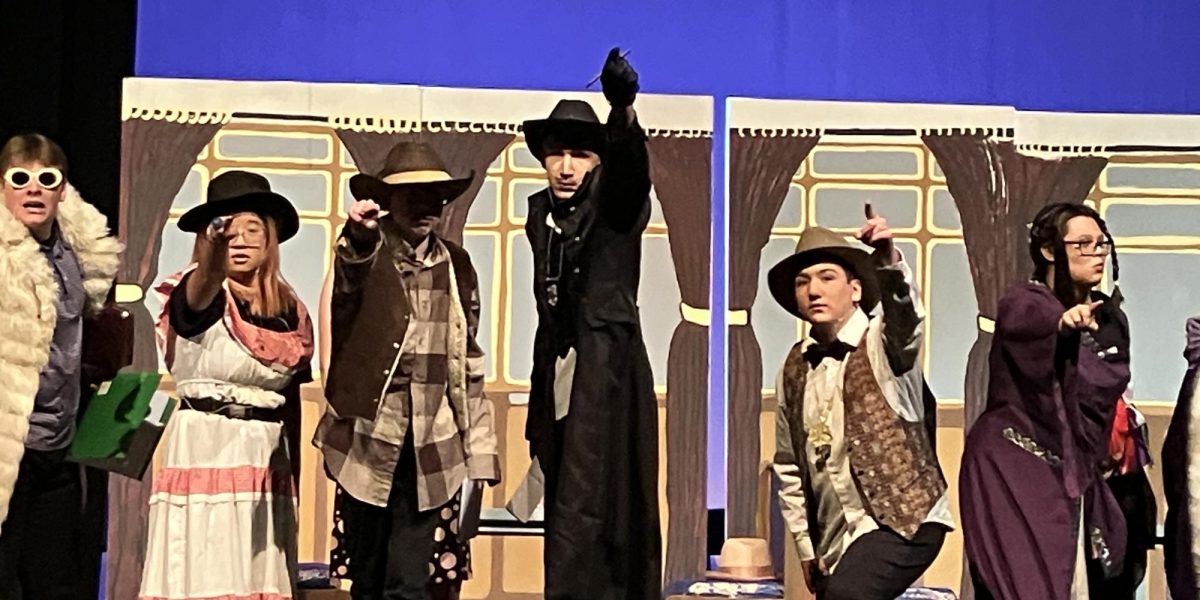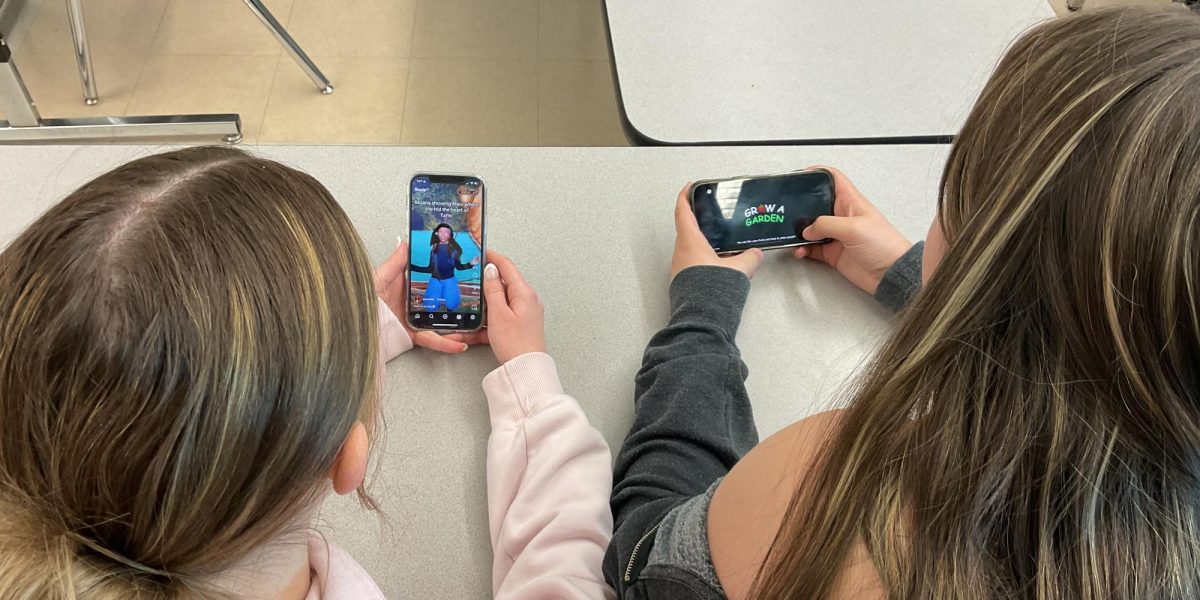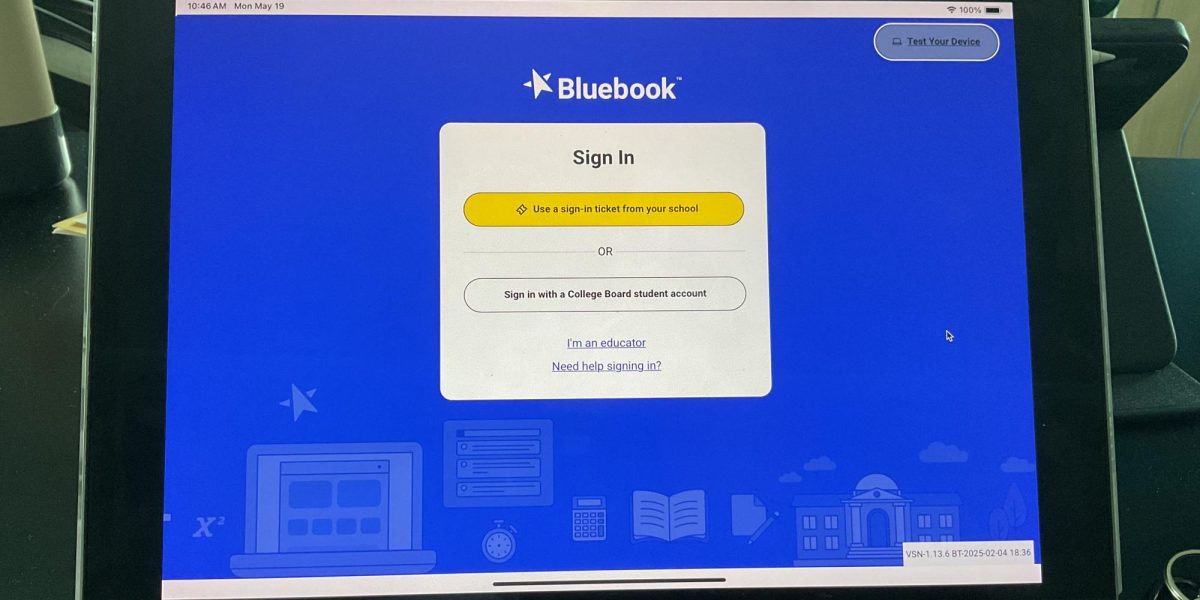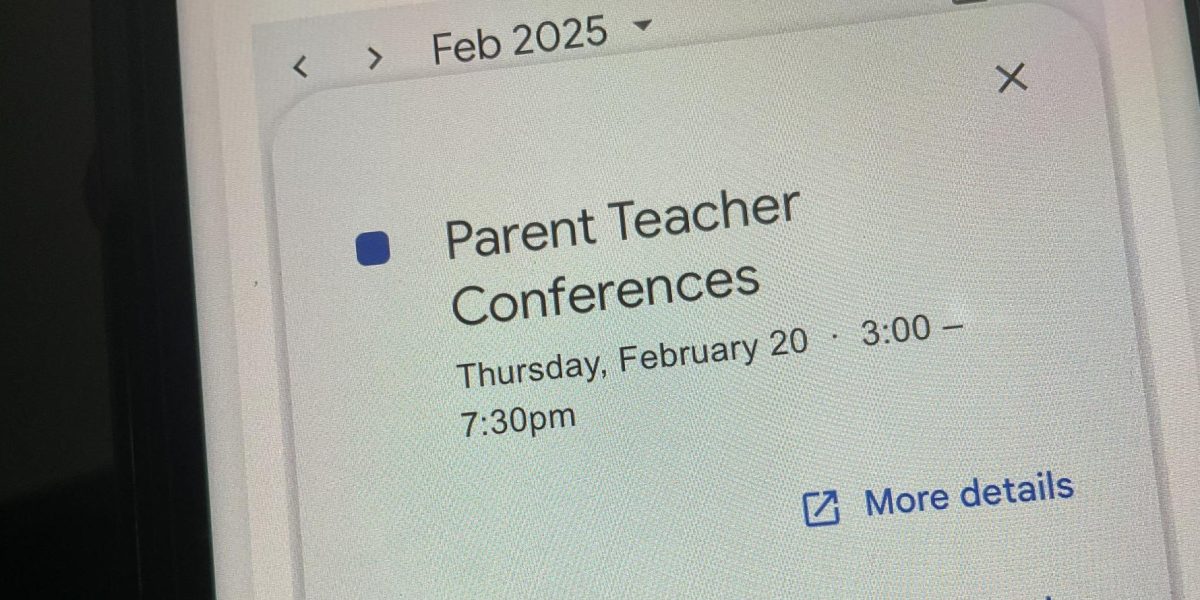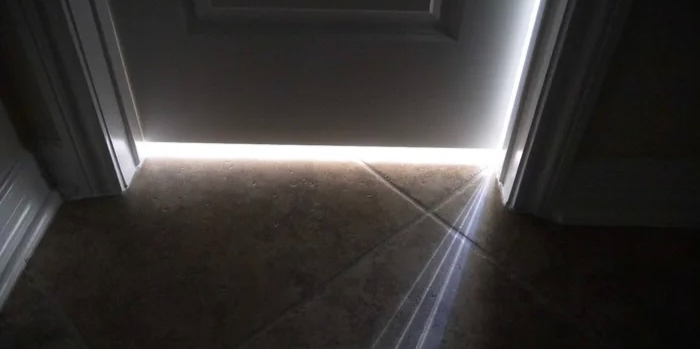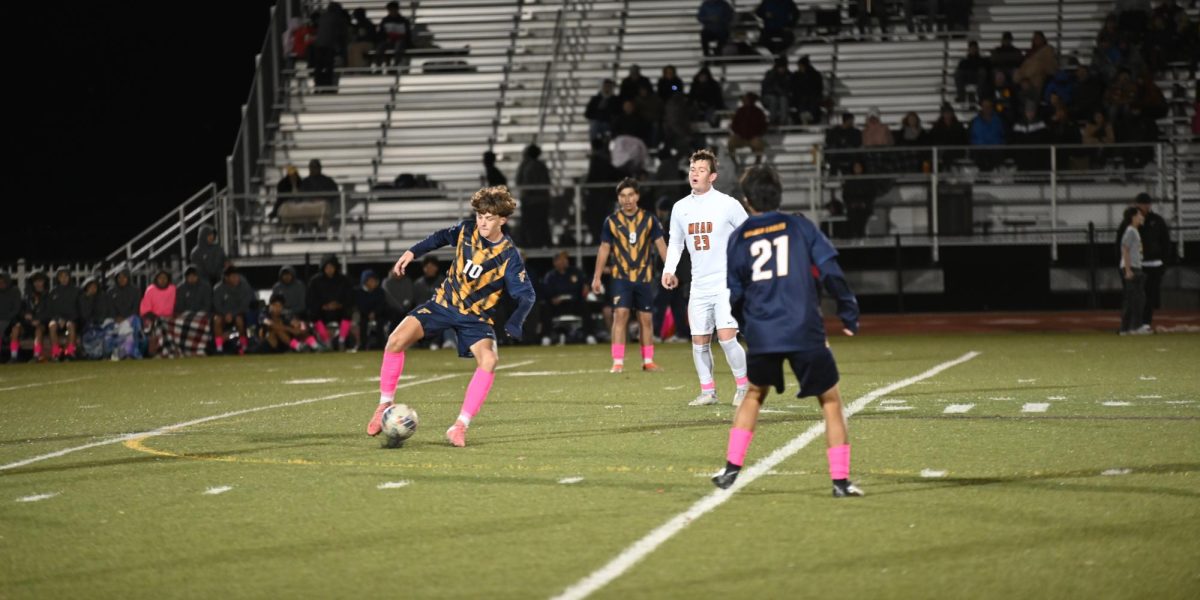Bilingual Students Need More from Frederick
March 29, 2022
It is difficult adapting to a new country. There are many opportunities that present themselves when you arrive to a new place. There are many resources however people are not aware of these vital instruments to their learning. All the more, the most difficult thing is to learn a new language. This makes it difficult for bilingual students to ask for help from peers and even teachers.
Growing up in an immigrant household, the first language a student learns is Spanish. English is usually introduced at school, there’s expectations that their children succeed in an environment they weren’t prepared for. “Being here, the expectation is you speak English, for other people. If you think about it you only speak Spanish at home.” said sophomore Maria Diaz. Junior Yessenia Silva agreed: “Growing up learning two languages at the same time can be confusing.”
Unconsciously, many bilingual families push away Spanish when their children are growing up–they only teach them basic Spanish and don’t provide them with more advanced Spanish.
“If you have older siblings and you’re the youngest you’re more likely to become a no sabo kid, a person of hispanic descent who doesn’t know how to speak Spanish or mispronounces words in Spanish, because now that your sibling knows English, you will most likely speak English to them,” said sophomore Alpha Fernandez. “I blame myself because my sister is a no sabo kid. It also has to do with your parents because your parents are the ones that teach you.”
Society has also had an effect on how much people communicate in Spanish with each other. Despite knowing both languages, students are expected to speak English because they’re in the United States and the majority of the population knows English.
“I think society has pushed Spanish away from me a little bit because most everybody needs to learn English to comunícate in life [ In the United States] and mostly everybody speaks English here,” said junior Eliel Dominguez
“Society doesn’t really conform to our needs because there aren’t many teachers in the school that speak Spanish. If we need help with something, we have to communicate in English.” said junior Jared Cantano.
The Latino culture is very individualistic–most things that you do, you either rely on family or yourself. Therefore, Latino students feel ashamed if they don’t understand how the teacher explains it, and after attempting to learn through YouTube videos and family members, at times many just want to give up.
“My older brother helps me with my homework [his brother is also bilingual]. It’s easier to communicate with my brother because he’s already been through high school, so he already knows all this stuff. The teachers just make it seem too hard,” junior Eliel Dominguez told us.
Yet frustration shouldn’t be the excuse to avoid help, as there are many people who are available to aid your learning. Howver, without communication and with the expectation for everything that will be handed to you, there is no opportunity for success.
“I think that the biggest mistake from the school is understanding how to help [Latinx students,” said Mrs. Paula Freedman, who coordinates Frederick’s Latino Leadership club. “It’s partly because they really don’t know how to exceed that content, but it’s also on the students they have to ask for help. The system has many resources: there are Spanish teachers, I have a program for counselors when a new student arrives. [We ask] what is the correct placement? What are the classes they need.”
There are different situations for Latino students there are students who are new to the country completely and haven’t learned any English. There are students who immigrated but had learned some English, students who fluent in both languages but can’t switch back and forth.
“It is very common that newcomers get frustrated, at times they come with advanced education and when they come here they cant communicate. The majority of the students that leave arrive in that way” Said Neil a guest speaker for the Latino group
Programs are even available for parents if they don’t know how to access their children’s attendance or grades the Cafecito can help them maneuver around technology.
“The cafecito culturally is when you sit down for a cup of coffee with your neighbor and you talk about everyday issues. The cafecito name comes from that same sense of coming down to your house [the school] sit with us lets learn about whats happening in the classroom, lets learn about how your student is struggling and how you can help. The cafecito itself its a place to come and gather and talk about everyday issues.” Said Lily arroyo



